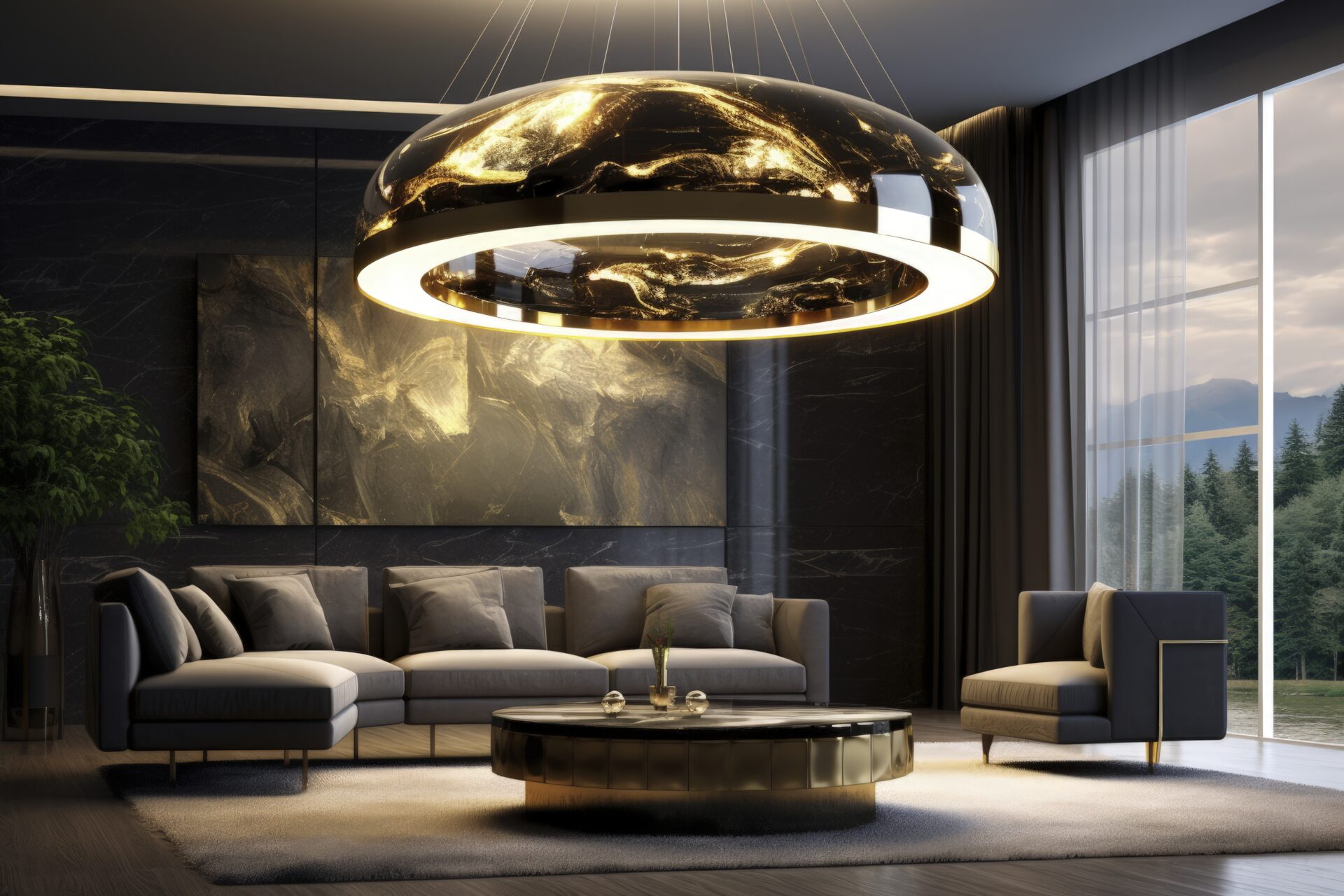- Lifestyle
- 24 Jul 2024
THE SHAPE OF LUXURY

THE SHAPE OF LUXURY
Article from Collection Luxury Lifestyle Magazine #4 April 2024
Texts by ANGELA DI PALMA, MAGDA RUGGIERO Architects
Have you ever wondered how to recognize luxury?

Time has changed the perception of the meaning of luxury from an unattainable dream to a progressive shift in interest and spending toward experiences rather than luxurious products, representing a phenomenon that expands the perimeter of luxury from objects to services and spaces, placing them in close relation with the world of art, culture and entertainment. The very last few years have seen individuals return to giving the home a value of refuge, bringing back within the domestic walls that need for beauty and essentiality that lead back to distant concepts of simplicity and sobriety characteristic of great masters of late 19th-century architecture such as Adolf Loos and Otto Wagner, exponents of a thought that concretized the perfect synthesis of functionality and aesthetics at the expense of the superfluous and unnecessary ornamentation.
What does luxury represent for us as architects? It is the continuous search for simplification in innovation, stripping beauty of its components of redundancy and ostentation, and returning to work with materials whose value is inherent in their intrinsic nature: the warm wood grain of Albini and Magistretti’s bookcases, the fine grain of the carrara marble of the Arco lamp by the Castiglioni brothers, the worked leather dyed with natural anilines of Jacobsen’s Eggs Chair, the tubular steel of one of Mies van der Rohe’s iconic chairs, and the curved crystal of Livi’s Ragno table are just a few examples of design pieces that express the perfect marriage of form and function. Many call it “technique.” but back in ancient Greece the word “téchne” also defi ned art, the process of ideation and creation, and it is all about knowing how to do things with care and meticulous detail.

Starting from an analysis of the spatial structure of the place and the environmental context that is careful and respectful of the expressive needs of the client, the architectural design must focus on ensuring a connotation of uniqueness through the use of natural materials, colors, furniture and lighting that enhance shapes and volumes by speaking of those who live there. With this in mind, our work as architects in the luxury sphere is expressed in creating original and harmonious living places, paying attention to the elements of nature – light, air, earth and water – used in the pursuit of individual and environmental comfort and well-being. Therefore, our personal commitment is to create architecture that is inspired by natural materials by placing them in refined and sustainable contexts with a special regard for the refinements and construction and decorative details that for us represent the true form of luxury.
The goal with which the design journey is undertaken is thus encapsulated in that emotion that is felt in creating a magical correspondence between function and aesthetics through the use of simple lines and pure materials that, opening up to factors of variability and surprise, create unexpected masterpieces.

 English
English Italiano
Italiano